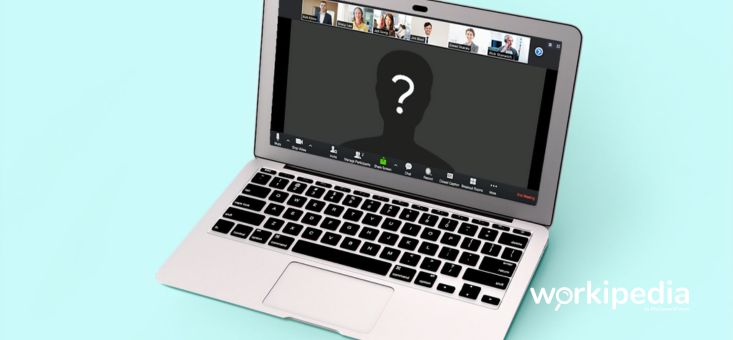Create a job ad that sells
Having a quality, well-written job advertisement is an important component of finding possible hires. Always consider what will motivate the applicant to apply. A job description should not only make the role stand out but also effective in communicating the function and responsibility.
- Start with an engaging introduction to sell the position.
- Follow with a clear outline of the role responsibilities, written in a language that speaks directly to your ideal candidate.
- Finally, tell your company story along with any employee perks available
Focus your sourcing strategy
Due to uncertainty created by the current pandemic, sourcing quality candidates may be tough. If a person has a full-time contract, their willingness to change roles is probably lowered as most candidates value job security. Take a proactive approach and close the loop on all open communication with your current active candidates. This will build trust and candidates are more likely to remember you in the future. Don’t forget that right now, people are staying at home on their computers. With cleverly targeted ads, you can get their attention.
Screen and shortlist candidates appropriately
Screening is an essential procedure in any successful recruitment process and all candidates should be thoroughly screened to ascertain their suitability, interest level and alignment to your organisation’s core values.
In candidate-short markets and locations where the exact skill set required might not be readily on offer, a more nuanced screening process, based on hiring for potential, should be adopted. However, as more professionals potentially find themselves without work, there is likely to be a significant increase in the number of applications you receive for each job opening. In this instance, you may wish to use pioneering AI chatbot technology to help with your hiring needs.
Utilise video interviewing tools
Even though employers are currently unable to complete interviews face-to-face, it doesn’t mean an interview can’t take place. Most companies have access digital tools to help with remote hiring and can host interviews from home. Always provide login details to the candidate in advance and make sure you are familiar with the digital tools you are using to avoid any technical issues. To have a fluid conversion, make the candidate feel as comfortable as possible. Finally, as well as selling your company benefits, describe your current remote working situation whilst being transparent about expectations from employees who are working remotely.
Keep candidates up to date
Communication is key throughout the hiring process. Although there are plenty of application tracking services available, keeping candidates well-informed doesn’t necessarily need to depend on the latest technology. Whilst some larger employers will prefer a branded candidate portal with real-time status data, for other companies, a simple call, email or text message with feedback, next steps and timeframes can work just as well.
Making the right hiring decision
Even though the interview is completed remotely, it should be structured in a way that leaves you feeling confident in which candidate is right for your organisation. Using the right tech in the right capacity before the interview will support this, but don’t be afraid to be creative and challenge the candidate to truly understand how they think.
Don’t keep candidates waiting
A common mistake is in taking too long to decide on the preferred candidate. Employers should be reacting quickly to hiring and although it may depend on how many candidates are at the final interview stage, a decision should be made with the successful candidate informed within two to four days. It’s important to move fast to avoid losing out on top talent and ensure your preferred candidate feels valued.
Don’t underestimate the importance of remote onboarding
Don’t forget the importance of your onboarding process. Employers need to ensure a smooth transition for their hires and get them up and running in the job as quickly and effectively as possible. Try to ensure your onboarding process is completed digitally. Share reading lists prior to your new employee start date so they feel educated and ready to start on day one. Most importantly, although this is likely to be digitised, there is always some hand holding needed. Send a friendly welcome video prior to the start date, from a HR representative and/or their manager. Once the employee has started their role, schedule an online welcome meeting with their team members and any mentors they may have. This will create a sense of familiarity and belonging. Scheduling regular virtual meetings and providing ongoing support will be paramount to maximising the efficiency of your newest hire.
Get started!
Speed up your hiring process by quickly identifying quality candidates. Add screening questions to your MyCareersFuture job postings to easily find applicants that meet your most important requirements.
To use Screening Questions:
- When creating a job posting on MyCareersFuture, add up to three yes/no screening questions.
- When reviewing applicants, filter them based on their responses.
That’s it! Click here to start your hiring process now.
This article is contributed by Robert Walters Singapore.















